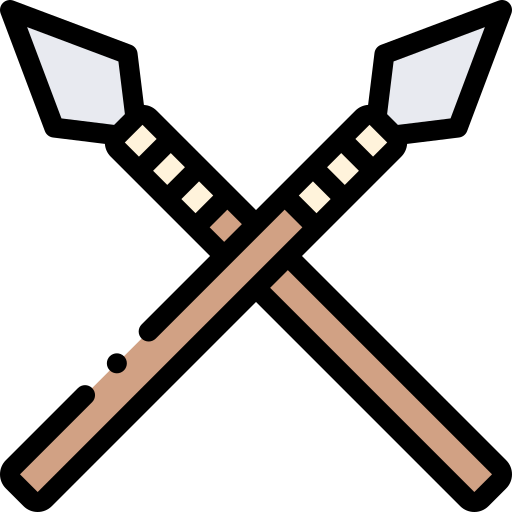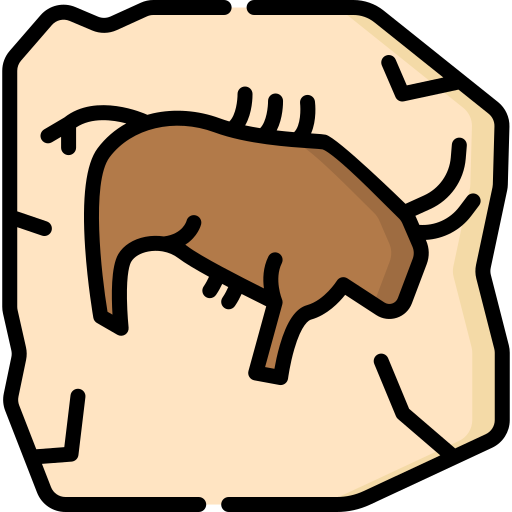 Survival Korean
Survival Korean
석기 시대
The Stone Age: Prehistory and Mythic Origins
A | B | C | D | E | F | G | H | I | J | K | L | M | N | O | P | Q | R | S | T | U | V | W | X | Y | Z | ALL
경 |
|---|
고 |
|---|
고인돌 | ||
|---|---|---|
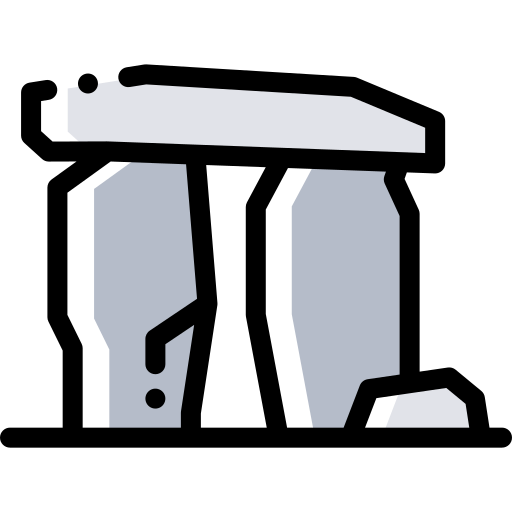
DefinitionThe 고인돌, which is known as dolmen in English, is a structure usually made of three stones. Many of these are found in Europe, however, around 40% of all dolmen in the world are found in Manchuria and the Korean Peninsula (mostly the northern part of the peninsula). It is not known why these are disproportionately located in Korea but they comprise part of mysterious lineage to prehistory in Korea. While often these are thought to be tombs or related to burials, there is no definitive evidence for this. | ||
고조선 | ||
|---|---|---|
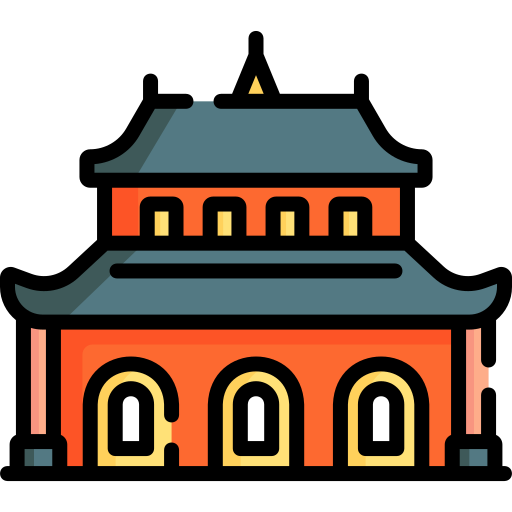
Definition고조선 is term used to refer to the First Kingdom in Korea. It is composed of two parts, 고 meaning "old" and 조선 meaning "pristine morning" in Chinese characters (朝鮮). The pre-fix "old" is used to disambiguate between this kingdom, and the later Joseon Dynasty that lasted for about 500 years. | ||
낚 |
|---|
낚시하다 | ||
|---|---|---|

Definition낚시하다 is a verb meaning "to fish". Fishing is another type of hunting that our early ancestors used to get food from water sources or bodies of water (i.e., rivers, streams, ponds, oceans, etc.). | ||
단 |
|---|
단군 | ||
|---|---|---|
도 |
|---|
도기류 | ||
|---|---|---|
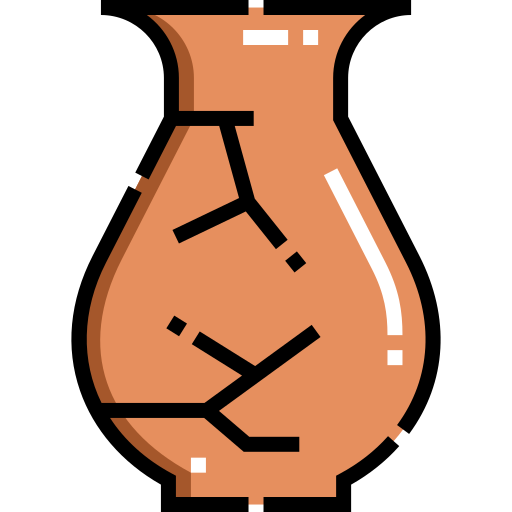
Definition도기류 is the word for pottery. Many kinds of earthenware were used to store food - this technology allowed hunters and gathers to cultivate and store food for later use rather than having to constantly find it. It also indicates the presence of settlements since pottery needs to be made, and is very fragile! | ||
동 |
|---|
동굴 | ||
|---|---|---|
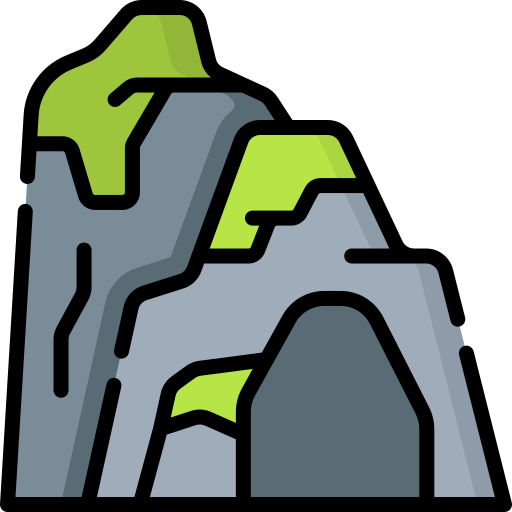
Definition동굴 is the word for "cave". Throughout prehistory, these naturally forming spaces in rock were used for short and long term shelter or dwelling. | ||
백 |
|---|
백두산 | ||
|---|---|---|
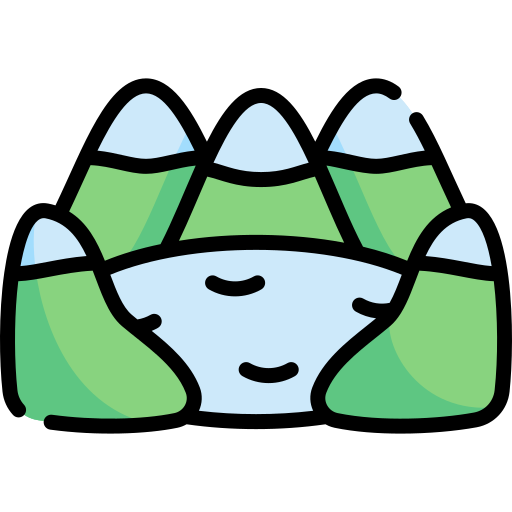
Definition백두산 (Baekdu Mountain) is a volcanic mountain peak (which has a crater-lake) located in present-day North Korea. According to legend, is the location where 환웅, the son of the supreme deity, descended to Earth and establish a divine presence by building the City of the Gods (신시). Later, he would turn a bear into a woman who would give birth to their son, Dangun - the first Korean who then found the first kingdom on the Korean Peninsula. | ||
사 |
|---|
사냥하다 | ||
|---|---|---|

Definition사냥하다 is a verb meaning "to hunt". This was a major activity throughout prehistory until the rise of agriculture and animal husbandry. | ||
신 |
|---|
신시 | ||
|---|---|---|
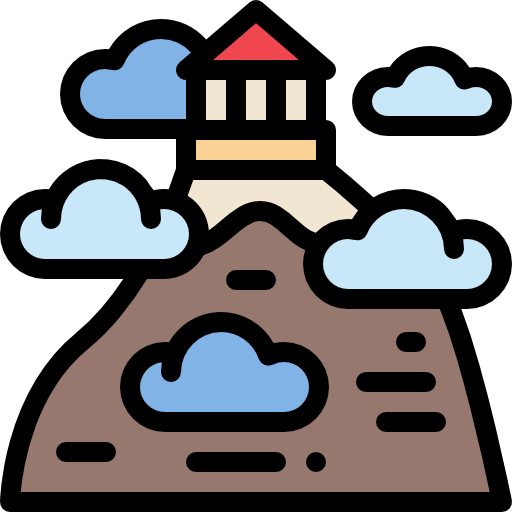
Definition신시 means City of the Gods or Divine City. It is combined of two morphemes, 신 [神] which means "divine" and 시 [市] which is part of the word for city. In western mythology, this is akin to Mount Olympus. | ||
